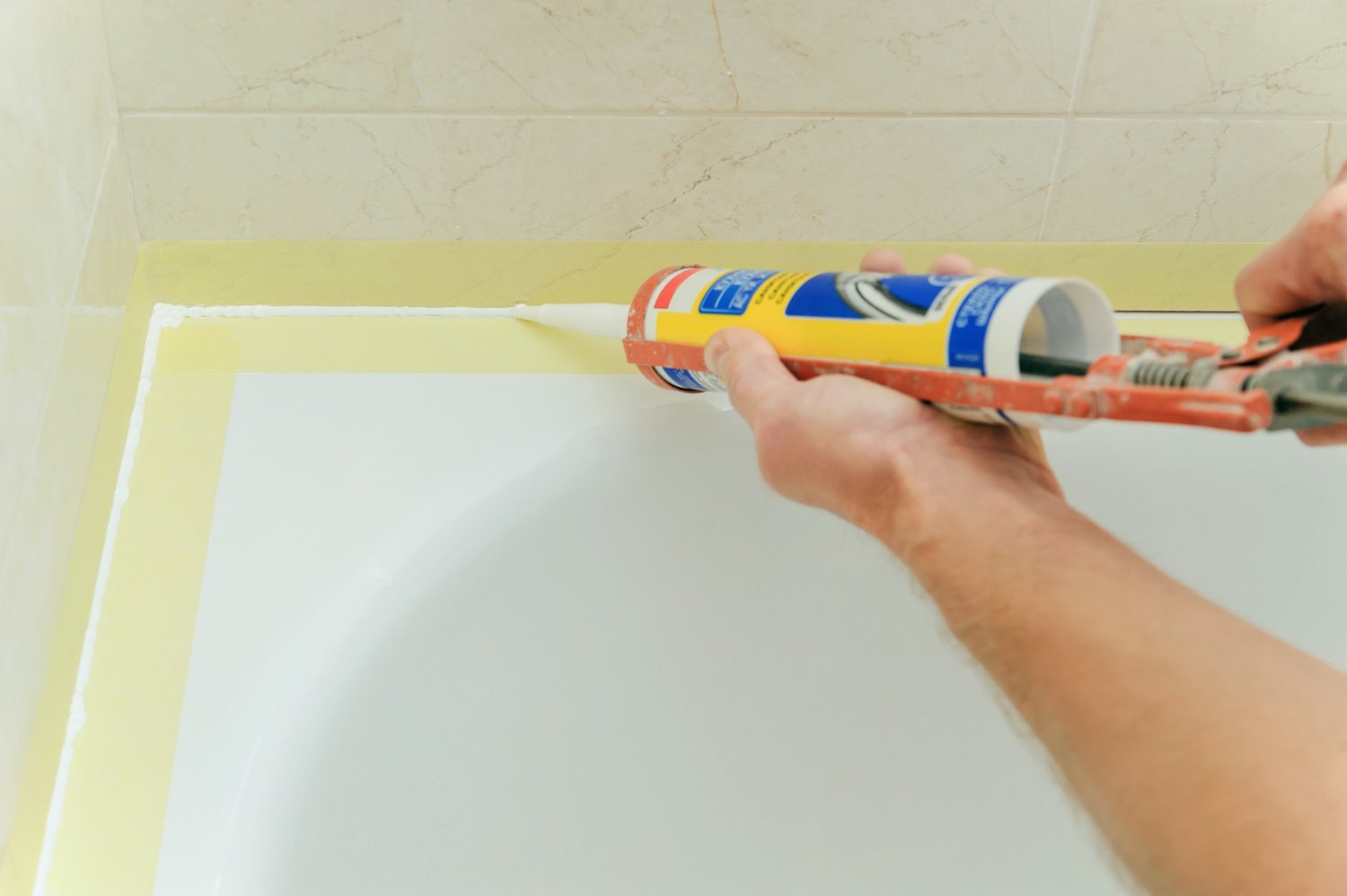
Silicone is the most commonly used material for sealing. It is used both for window installation and for mounting shower enclosures, sinks, bathtubs etc. It is a very flexible material, which easily adapts to the shape of installed fittings. Moreover, it perfectly protects against water penetration, for example outside the shower enclosure. However, sometimes the silicone grout becomes covered with mould that is hard to remove. What can or should be done in such a situation? Is it possible to handle it with home remedies?
Why should mould be removed from the bathroom?
Black spots appearing on seals or silicone-made grouts are not just a visual defect. They also pose a fairly real health risk that should not be ignored. Mould in the bathroom most often appears in the shower enclosure and around the bathtub, which are places exposed to constant water contact. Moisture and high temperature create a specific microclimate conducive to mould development.
If you do not pay attention to the stains appearing on the silicone in time, accompanying the formation of fungus, you will have a significant problem. In a short time, grouts or seals will be covered with black mould, which has a negative impact on our health. Mycotoxins produced by mould spores are very harmful, especially if you are exposed to their continuous inhalation. Runny nose and general fatigue, respiratory tract inflammation and skin irritation are just the beginning of the problems that can be caused by the development of mould in the bathroom.
How to effectively clean a dirty surface?
The simplest method is to ensure that mould in the bathroom simply does not appear. Unfortunately, few people have enough time and determination to thoroughly wipe all elements exposed to mould development after each bath. It is important to react as soon as possible to the first symptoms. You will easily see black mould in the shower enclosure, these are the small spots appearing on the silicone. If you remove them quickly, you will prevent the development of fungi.
However, if fungi have already appeared on the silicone, you have a number of ways to effectively remove the mould. Depending on the degree of contamination, you can choose to fight the mould with home methods or using ready-made mould removal products. These are usually fungicidal preparations that also have whitening properties, and at the same time do not negatively affect the structure of silicone.

Remove mould from silicone with home methods
Sanitary silicone is an excellent solution for ensuring tightness between various connections. Unfortunately, it is also a great environment for mould growth, especially in bathrooms where humidity and temperature are high. Fortunately, it is possible to remove mould in the bathroom without purchasing a fungicidal preparation. If you want to remove mould from silicone, you can initially use baking soda.
First, sprinkle baking soda on the stained surfaces, then scrub them with a toothbrush. It should not be too hard, and scrubbing should not be too intense, the goal is not to remove the grout or silicone, but to remove the mould. After scrubbing, rinse the stained areas with water, thus removing the remnants of mould. Additionally, a natural fungicide in the form of tea tree oil can be used. Add it to the baking soda that should be sprinkled on the stained place. The action of the essential oil is not just a beautiful fragrance; these are proven methods preventing mould formation.
How to remove mould and fungus from the bathroom? A more radical version
If home methods of removing mould do not work or you simply do not want to use baking soda, you can turn to more radical ways to remove fungi. There is a very large selection of products on the market designed with the idea of how to remove black mould in the bathroom. By choosing a high-quality product, you will make the task easier for yourself, but it should be remembered that these are usually quite corrosive products, it's worth protecting your hands with rubber gloves while using them. The preparation should be applied to the mould-infested area, wait the time specified on the package, and rinse it with clean water along with the mould.
It may happen that neither store-bought products, nor especially baking soda can manage to remove the mould. Then, unfortunately, it is best to remove the grouts or seals, thoroughly clean the empty spaces, and apply new ones. It is also worth considering whether it would not be better to opt for epoxy grouts in this case, which are much less harmed by high humidity.


















